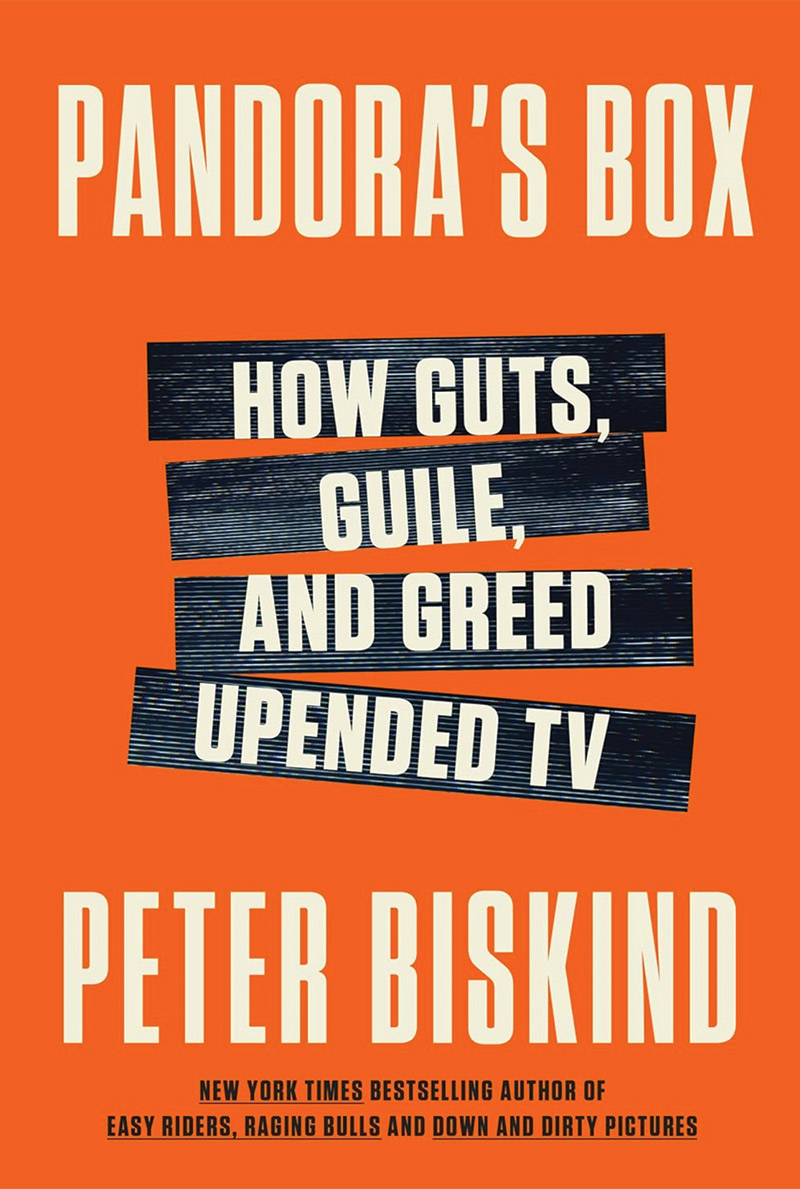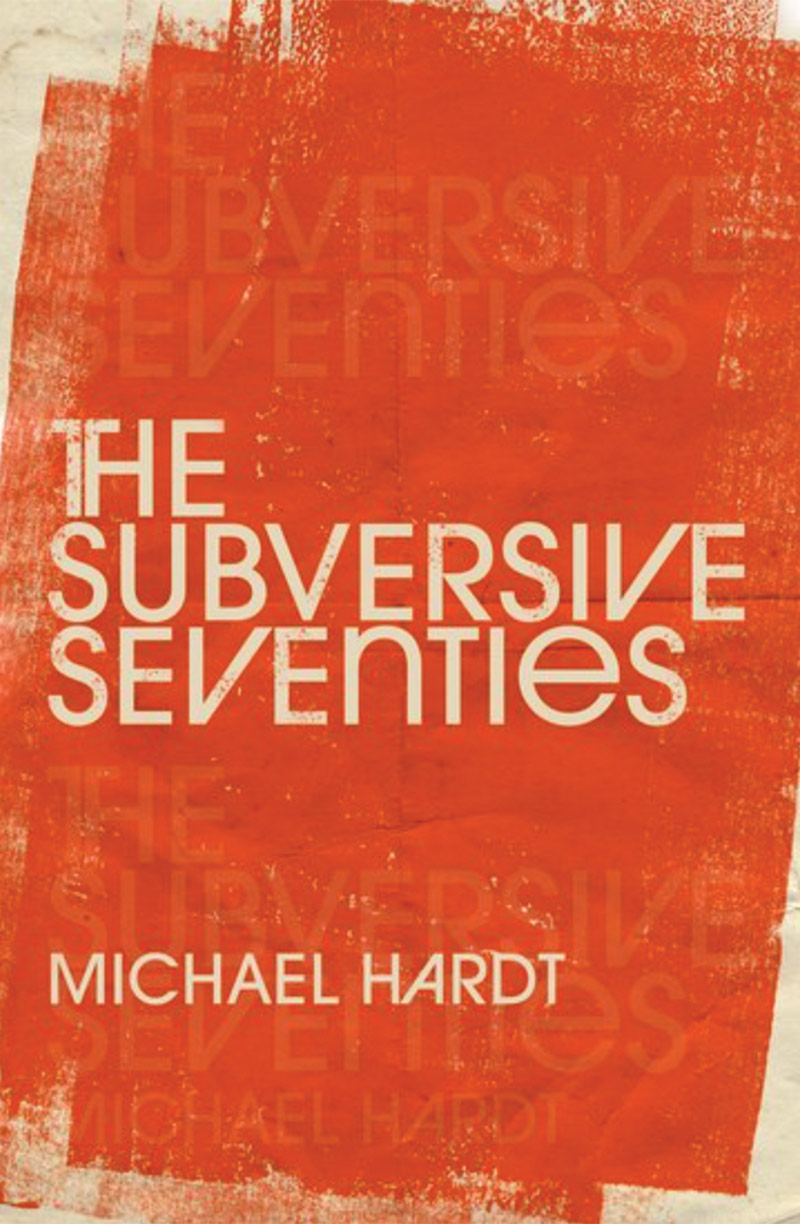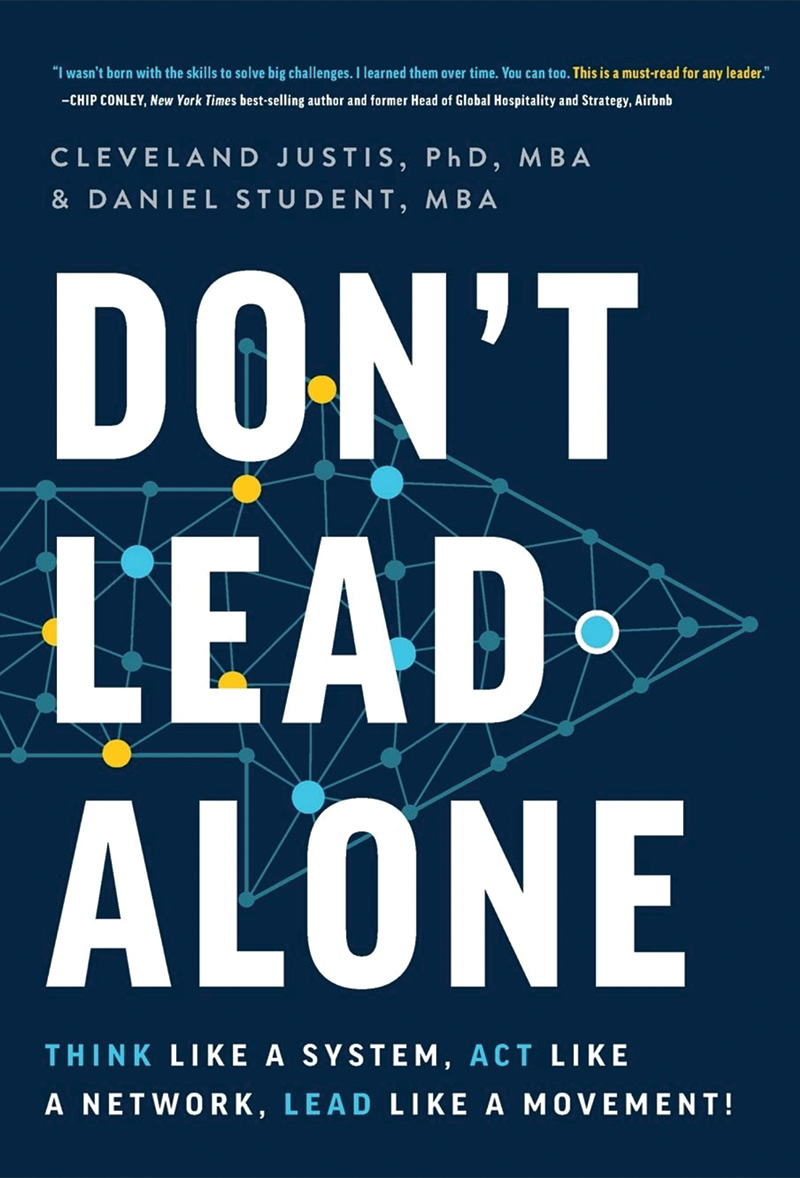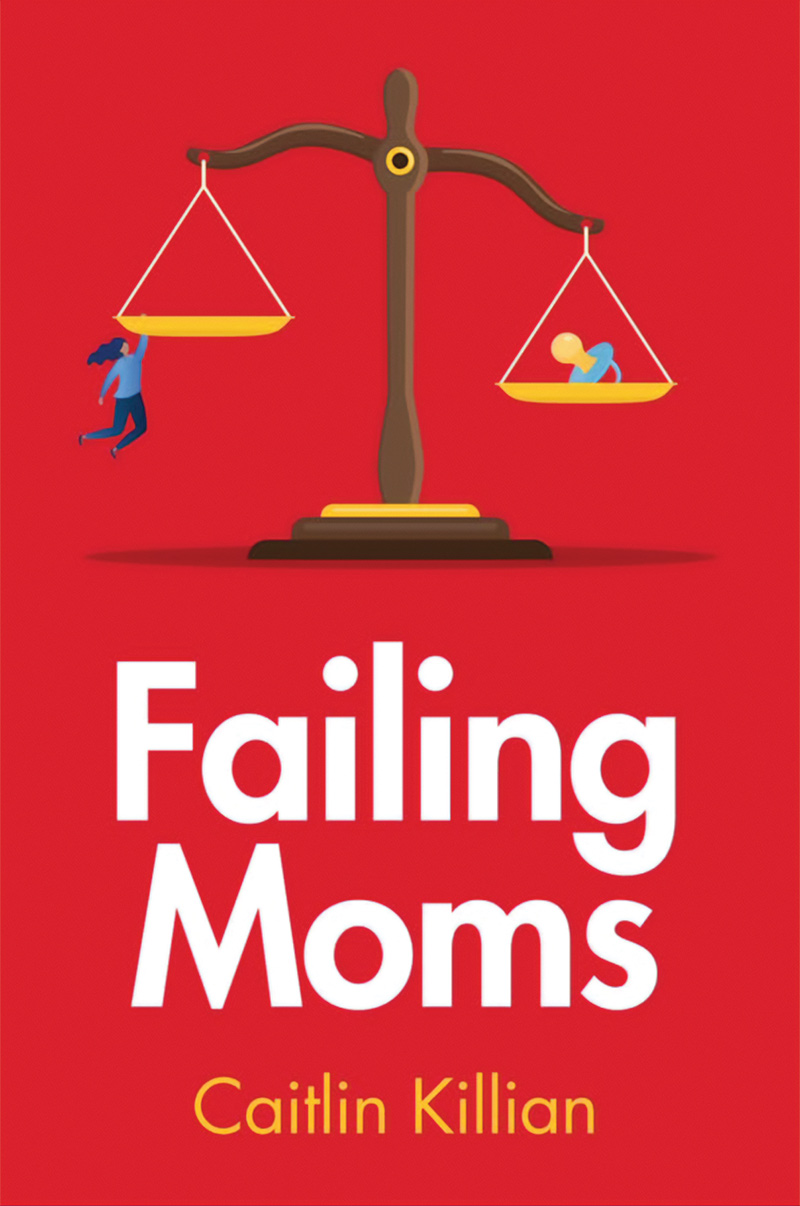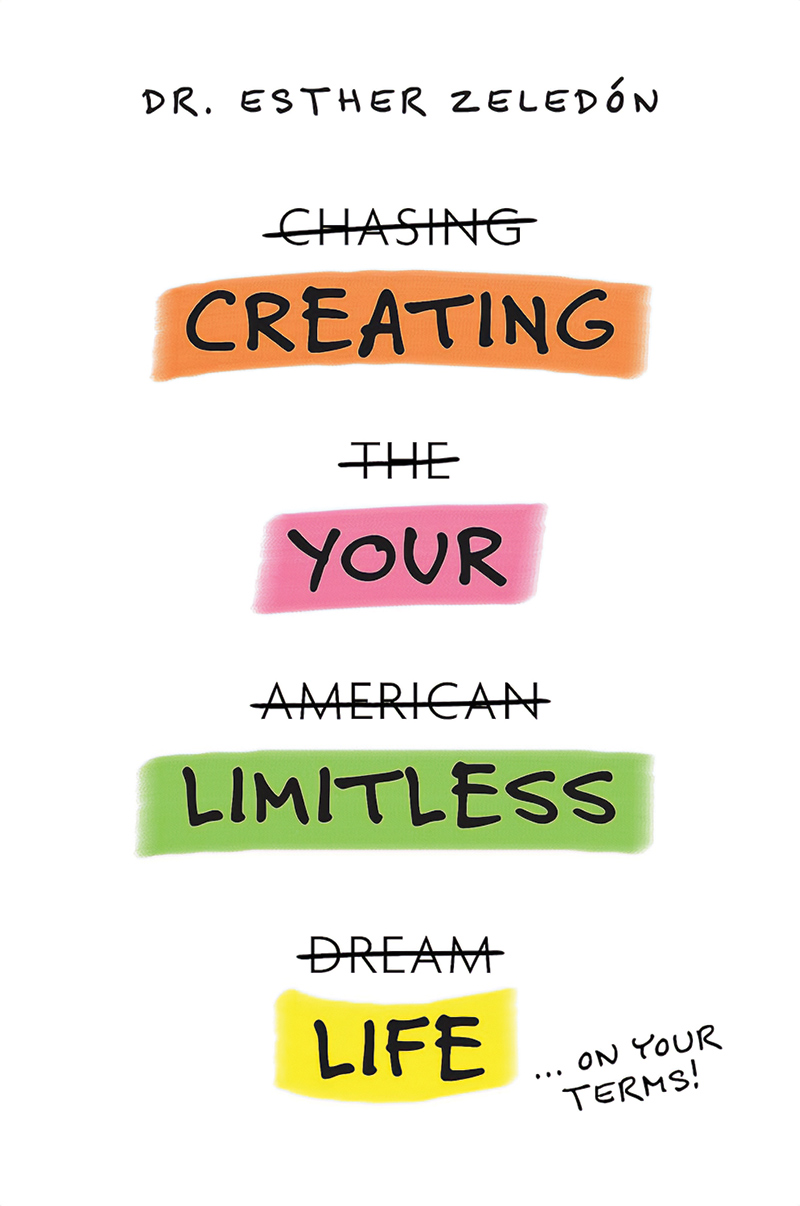Peter Biskind ’62
Pandora’s Box: How Guts, Guile, and Greed Upended TV
Harper Collins
Bestselling author of Easy Riders, Raging Bulls, and Down and Dirty Pictures, Biskind turns his eye toward the new golden age of television, sparked by the fall of play-it-safe network TV and the rise of boundary-busting cable, followed by streaming, which overturned both. The book features candid and colorful interviews with executives, writers, showrunners, directors, and actors.
Daniel Headrick ’62
Humans Versus Nature: A Global Environmental History
Oxford University Press
Headrick posits that environmental changes — epidemics, climate shocks, and volcanic eruptions — have molded human societies and cultures, sometimes overwhelming them. He traces the history of anthropogenic changes in the environment — species extinctions, global warming, deforestation, and resource depletion — back to the age of hunters and gatherers. Headrick shows how human interventions such as irrigation systems, overfishing, and the Industrial Revolution have harmed the societies that initiated them.
John C. Pollock ’64, Douglas A. Vakoch, and Amanda M. Caleb
COVID Communication: Exploring Pandemic Discourse
Springer
Can our language choices affect the way we react to the threat of disease? COVID Communication focuses on how we understand COVID-19 — medically, socially, and rhetorically. The book fills a gap in the pandemic literature by promoting interdisciplinary analysis of communication methods, realized through a health humanities approach. It centers human experience and culture within conversations about the biological reality of a pandemic.
Jeffrey Hart ’69
Essays on the History and Politics of the Internet: Cyberpolitics
Cambridge Scholars
Many of the internet’s creators shared a vision of building a system that would empower individuals anywhere in the world to share their knowledge and creativity. This democratic dream came out of an age where many preexisting power structures were being questioned. Hart argues that the internet has actually resulted in the creation of new centers of power and influence, many of which are anti-democratic.
Eliot Lee Grossman ’70
The Case of Mumia Abu-Jamal: 40 Years Later
Bronstein Publishers
Grossman argues that Mumia Abu-Jamal was framed for the death of a Philadelphia police officer in 1981 to conceal the involvement of corrupt police in the murder of a fellow officer. Grossman contends that Abu-Jamal was subjected to a mockery of a trial in which his constitutional rights were violated. Over 40 years later, he writes, the struggle to “Free Mumia!” continues as he remains imprisoned on a life sentence.
Chris Caruso ’80
Abandoned Houses
Unsung Artists Music
Produced with Caruso’s longtime collaborator Greg Dabal, this four-song album features Bruce Torley on bass and Larry Kucher on drums. The songs address age, friendship, relationships, and suburban decay. The release is Caruso’s first on CD (available on his Bandcamp page). The album and his back catalog are also available for streaming on his website,
unsungartistsmusic.com.
Michael Hardt ’82
The Subversive Seventies
Oxford University Press
To Hardt, popular understandings of the political movements of the ’70s — often seen as fractious, violent, and largely unsuccessful — are inaccurate and preclude valuable lessons for the political struggles of today. By approaching the subversive from the perspectives of those who sought to transform the fundamental structures of society, Hardt provides a novel account of the theoretical and practical projects of liberation that still speak to us today.
